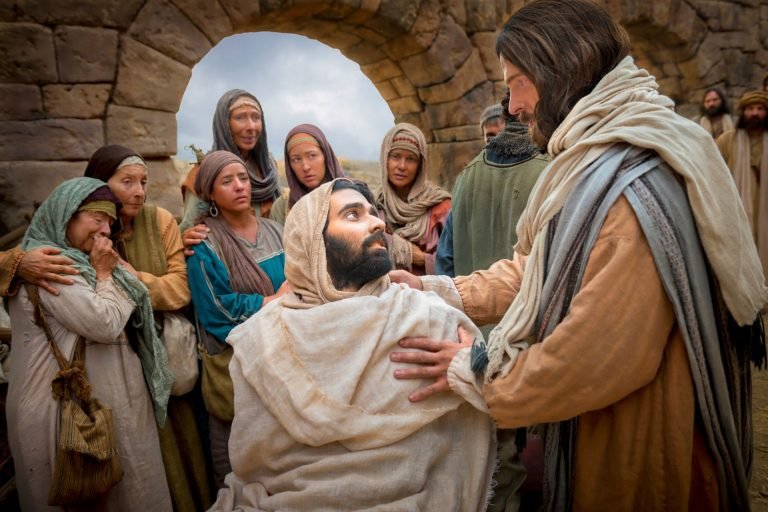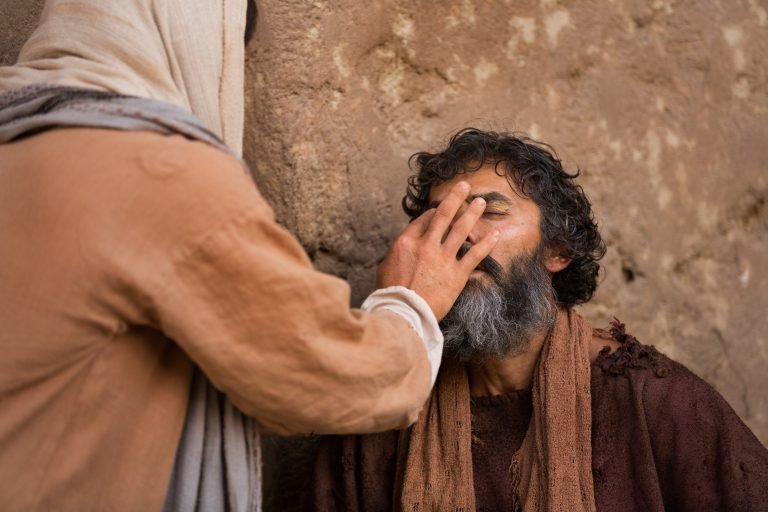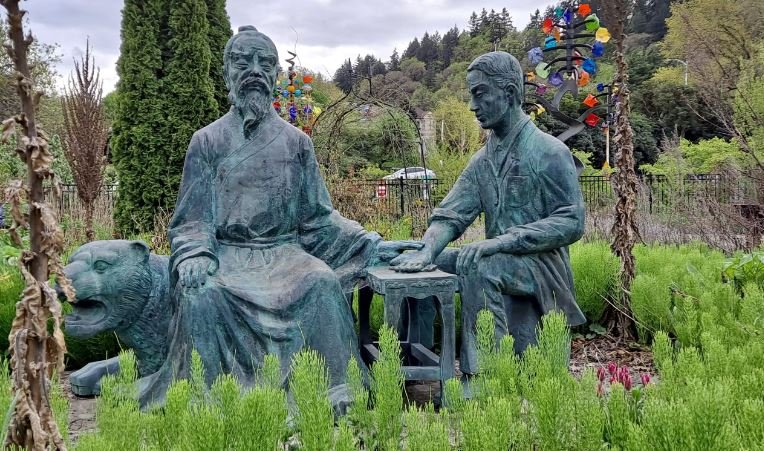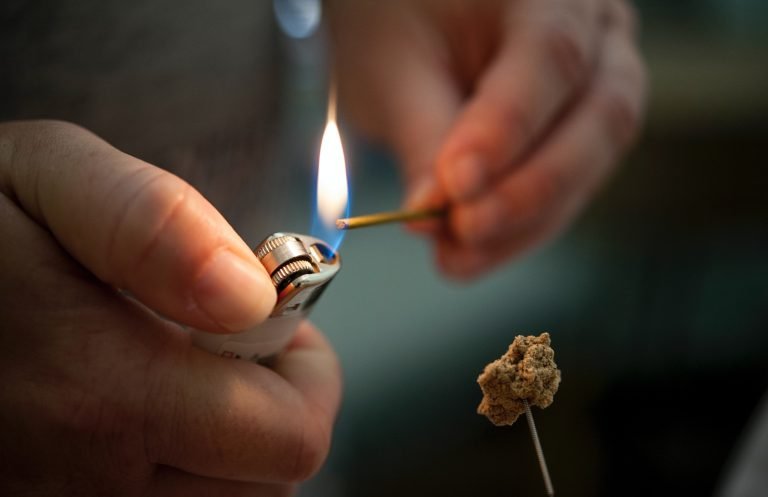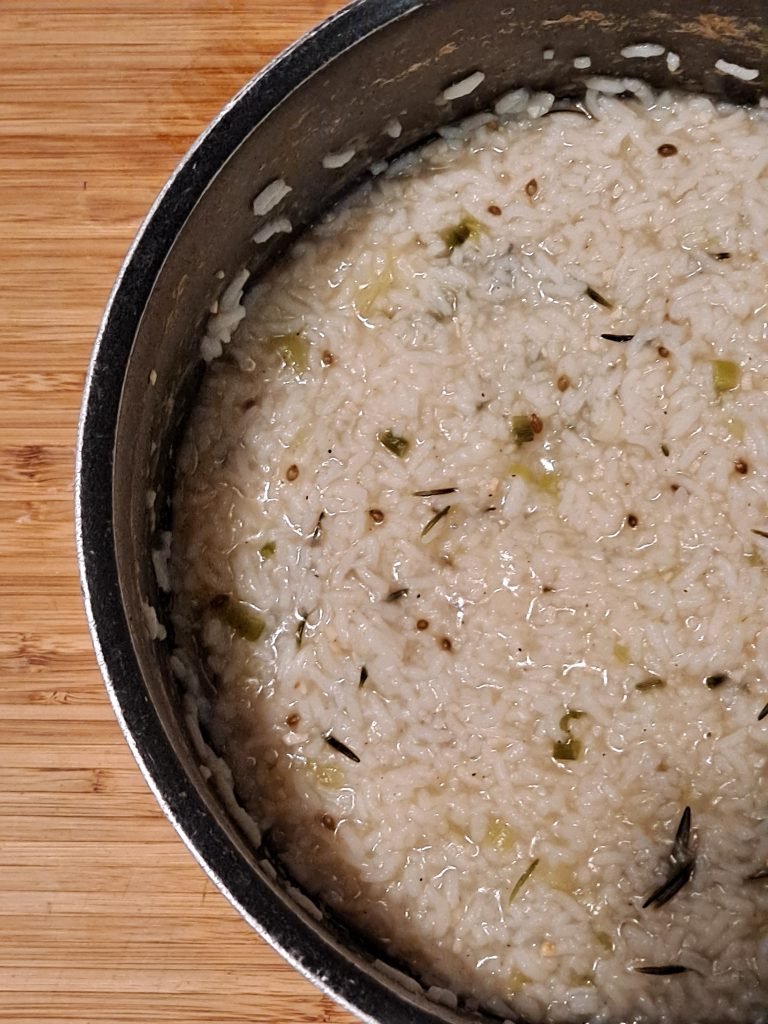When the Children of Israel were walking through the wilderness for 40 years, it seems as if they were almost constantly complaining. In one particular moment of complaining, described in Numbers 21, they “spake against God, and against Moses, Wherefore have ye brought us up out of Egypt to die in the wilderness? For there is no bread, neither is there any water; and our soul loatheth this light bread” (1,2) According to Elder Jose L. Alonso, the real problem wasn’t the lack of the right kind of food, but “the Israelites’ lack of faith and tendency to constantly complain, blaming God and Moses for every difficulty” (3).
In response, God sent fiery, poisonous serpents among the people which bit them causing many people to die. The people came to Moses and asked him to pray to God to remove the serpents. Moses prayed and was commanded to make a brass serpent and put it on a pole so that the people would look at it and live. In the Bible, the story ends there. We don’t know how it ended. Did the people look? If they didn’t, why? How many ended up dying?
This article will be written in three parts: the first looking at the symbol of the serpent from an Egyptian, Greek, and Mesoamerican perspective, the second investigating the serpent symbol from a Chinese Medicine perspective, and third looking into why the Children of Israel did or did not look to be healed and this story’s application to us.
Up until this point in the Bible, the serpent has been used three times: to describe Lucifer when he tempted Eve (Genesis 3), Dan in his patriarchal blessing from Israel before he dies (Genesis 49), and Aaron’s rod, which becomes a serpent to show the power of God is with Moses and Aaron (Exodus 4, 7). When serpents are mentioned in Christianity, minds generally go toward Lucifer tempting Eve in the Garden of Eden, and as such, snakes are associated with Satan and all things crafty and evil. But this is not how other cultures view snakes nor how God wants us to view them, as the snake is the symbol of Jesus Christ in Numbers 21.
Egypt

In Egypt, snakes represent many of their different gods and were associated with life-giving powers due to their ability to shed their skin and gain a “new body.” The symbol of a serpent biting its tail represented eternity and survival after death in Egypt. Pre-dynastic Egyptians worshiped the serpent-goddess Wadjet (“green one”) who symbolized royalty and unification. In fact, Pharaoh’s headdress had a snake on the front to show him as a deity and king.
The sun god Ra also has a snake attendant, Mehen (“the coiled one”), to help him travel across the sky. The snake Mehan counterbalances Apophis, the “serpent of darkness” and nemesis of Ra (4). When Moses’ staff turns into a snake, Pharoah’s priests would have been excited by their opportunity to show off, because, just as Pharaoh was believed to be a descendent of Ra, they would be the attendants, like Mehan, with the power of the snake (5). They were quickly shown that the God of Israel, the one true God, has the power over all creations, including snakes. When Moses put a brass serpent on a staff, the Children of Israel who had recently been in Egypt, would have known about these Egyptian snake symbols and about Moses’s staff becoming a snake.
Greece
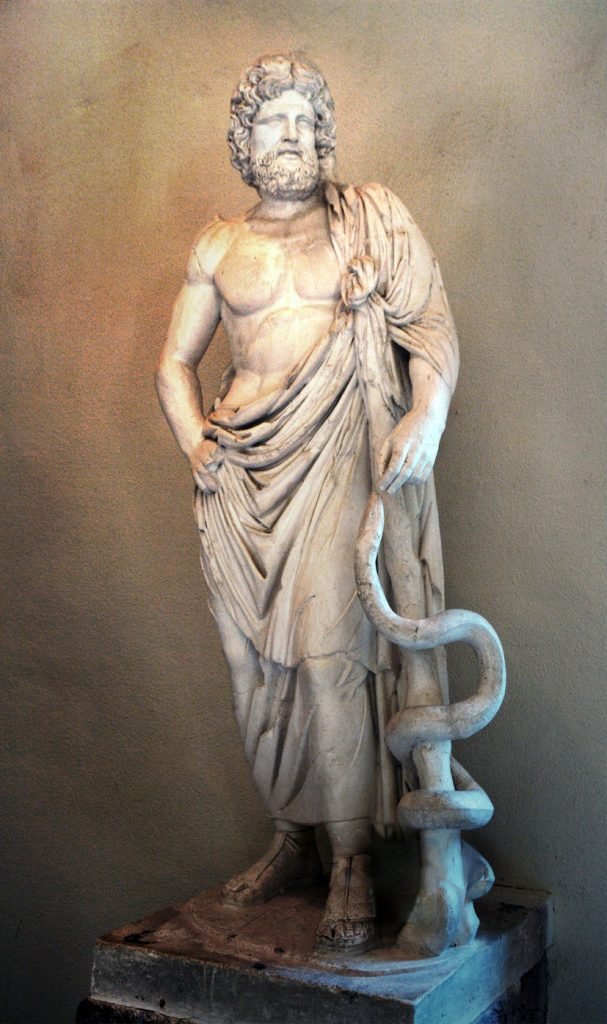
Across the Mediterranean Sea were the Greeks who believed in the god Asclepius, son of Apollo and Coronis (who later became a constellation). Asclepius is the god of healing, father of Hygieia (goddess of cleanliness, health, and hygiene) and Panacea (goddess of the universal remedy). One of the legends tells of how in order to express gratitude for something kind Asclepius did, a snake licked Asclepius’s ears and whispered to him secret knowledge of wisdom, healing, and resurrection. As a result, Asclepius is known for his rod with a snake coiled around it, called the caduceus.
To the Greeks, the snake was seen as a sign of rejuvenation, as snakes regularly shed their skin, but also an expression of the dual nature of life and death. In ancient Greek, pharmakon meant “drug”, “medicine,” and “poison.” Snake venom, just as most other medicines can serve as a poison or remedy depending on the situation and how they are used (6).
The staff of Asclepius, the caduceus, is used in medical symbols worldwide. One well known example is its prominence in the logo for the World Health Organization (7). Moses’ serpent on a staff, like the caduceus, points the Children of Israel to the true God of Healing, Jesus Christ.
Mesoamerica

In Mesoamerica, various civilizations, including the Mayans, Aztecs, and Toltecs, worshiped Quetzalcoatl, the feathered serpent. He was seen as the lord of the sky and the land, a boundary-maker and creator of mankind. In the stories, in which there are many variations, Quetzalcoatl was born of a virgin named Chimalman after she had a dream of the god Onteol. In another version, Quetzelcoatl was one of four sons of deity, each of which presided over a cardinal direction. Quetzelcoatl is the western god, god of light, justice, mercy, and wind. His name was associated with the high priests and religious leaders (8).
When the Spanish conquistador Hernán Cortés arrived in Mexico in 1519, Spanish records indicate that Aztec leader Moctezuma II believed Cortez to be the god Quetzalcoatl who they believed would return. When learning about this, President John Taylor remarked
“The story of the life of the Mexican divinity, Quetzalcoatl, closely resembles that of the Savior; so closely, indeed, that we can come to no other conclusion than that Quetzalcoatl and Christ are the same being. But the history of the former has been handed down to us through an impure Lamanitish source, which has sadly disfigured and perverted the original incidents and teachings of the Savior’s life and ministry”(9).
We know that the Nephites and Lamanites knew and understood the story of the serpent on the staff, and it would make sense that this snake imagery would spread and become warped into that of Quetzelcoatl (10).
When looking at how different cultures viewed the serpent, it makes more sense how it is a symbol of Christ. To the Egyptians and Greeks, the snake symbolized deity, unification, resurrection, and healing. In the Americas, the feathered serpent was lord of land and sky, the boundary maker, and god of light, justice, and mercy. All of these symbolic understandings of the snake point to Jesus Christ.
Sources:
- AKA Mana
- The Old Testament. Melrose Park, IL: Intellectual Reserve, Inc.; 2013: Numbers 21:5.
- Alonso JL. To Live, Look to God and Trust in Him. Liahona Magazine. Published April 2022. Accessed September 2023. https://www.churchofjesuschrist.org/study/liahona/2022/04/united-states-and-canada-section/to-live-look-to-god-and-trust-in-him?lang=eng
- Skinner AC. Serpent Symbols and Salvation in the Ancient Near East and the Book of Mormon. BYU Journal of Book of Mormon Studies. Published July 31, 2001. https://scholarsarchive.byu.edu/cgi/viewcontent.cgi?article=1288&context=jbms
- Ra. Wikipedia. Edited September 2023. Accessed September 2023. https://en.wikipedia.org/wiki/Ra
- Rod of Asclepius. Wikipedia. Edited September 2023. Accessed September 2023. https://en.wikipedia.org/wiki/Rod_of_Asclepius#cite_note-Friedlander-21
- World Health Organization. Wikipedia. Edited September 2023. Accessed September 2023. https://en.wikipedia.org/wiki/World_Health_Organization
- HandWiki. Quetzalcoatl. Encyclopedia. Edited October 2022. Accessed September 2023. https://encyclopedia.pub/entry/28705#:~:text=To%20the%20Aztecs%2C%20Quetzalcoatl%20was,to%20the%20creation%20of%20Mankind.
- Gardner BA. Excursus: Quetzalcoatl: A Malleable Mythology. Book of Mormon Central. Published 2007. Accessed September 2023. https://archive.bookofmormoncentral.org/content/excursus-quetzalcoatl-malleable-mythology
- The Book of Mormon, Melrose Park, IL: Intellectual Reserve, Inc.; 2013: 1 Nephi 17:41, Alma 33:20.
Images:
Egypt: https://en.wikipedia.org/wiki/Mehen
Greek: https://upload.wikimedia.org/wikipedia/commons/9/98/Asklepios_-_Epidauros.jpg

